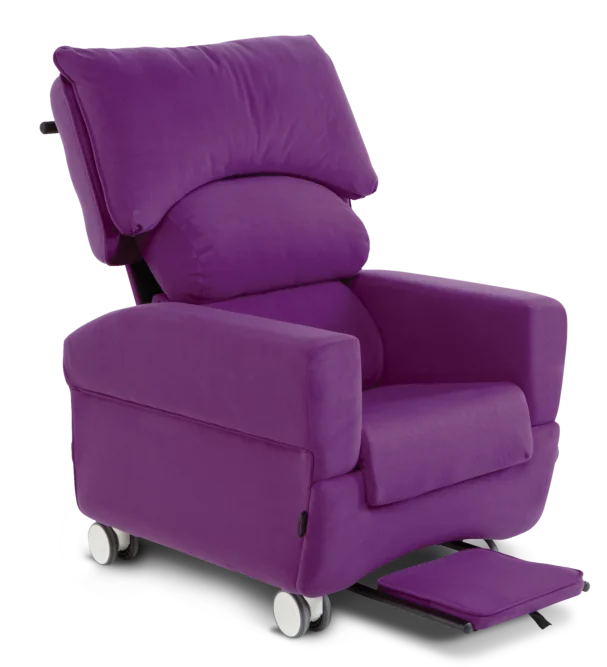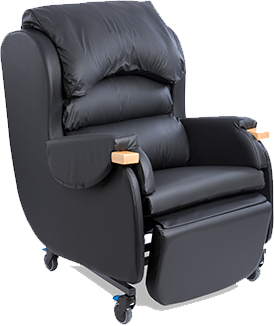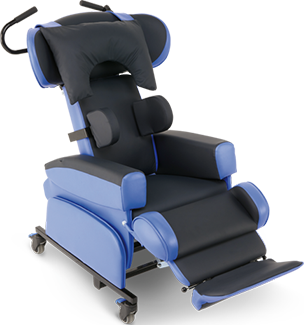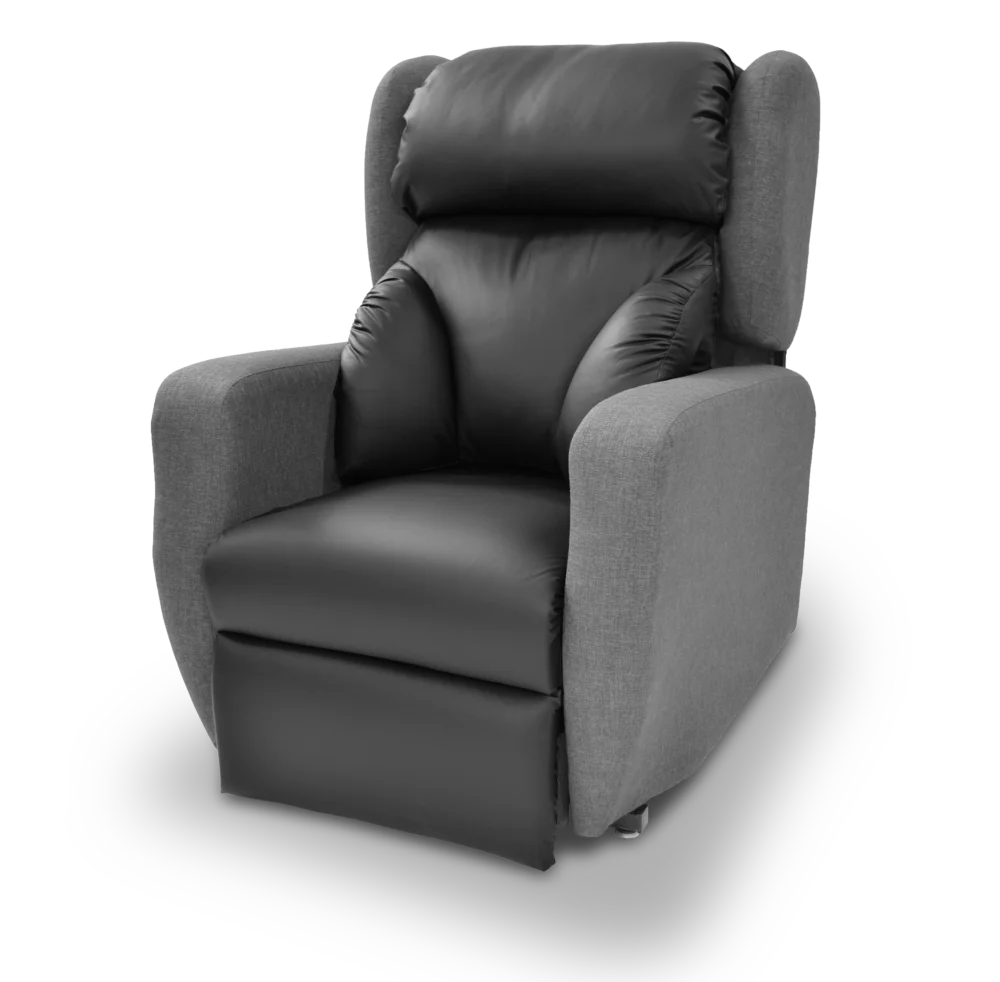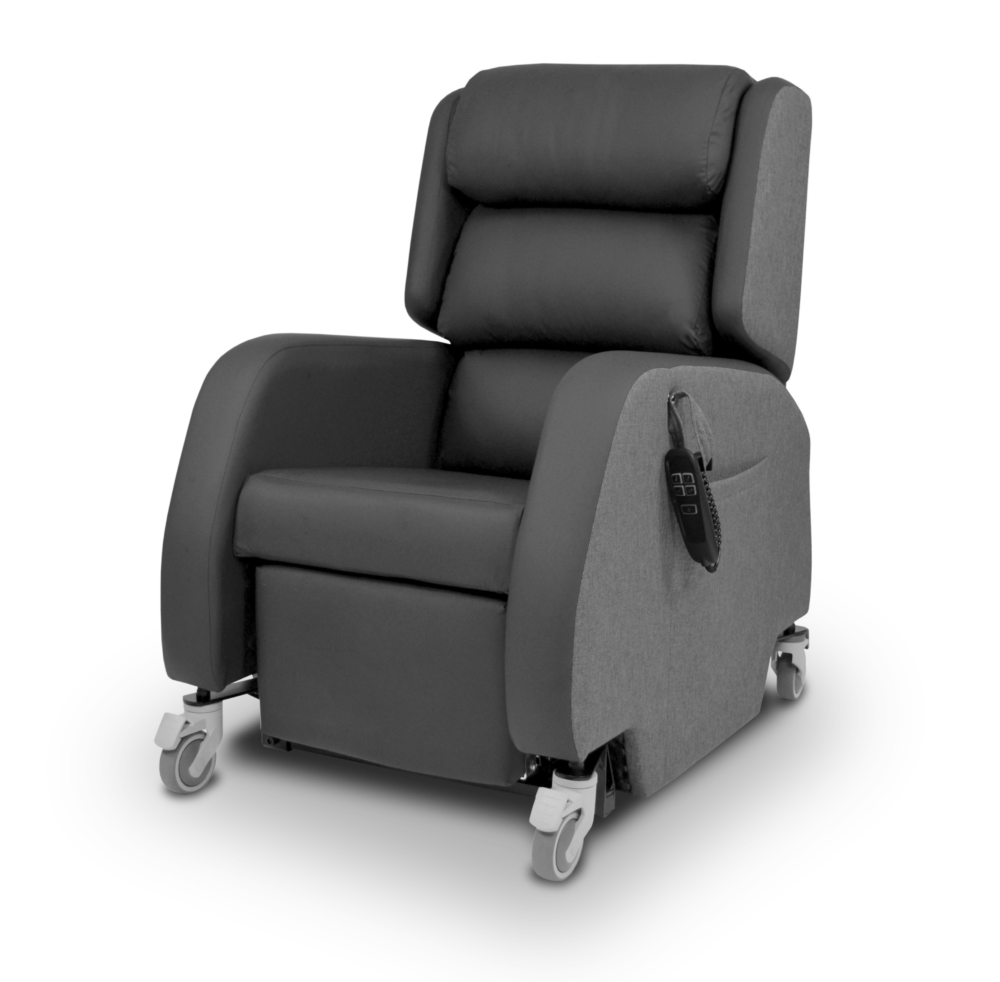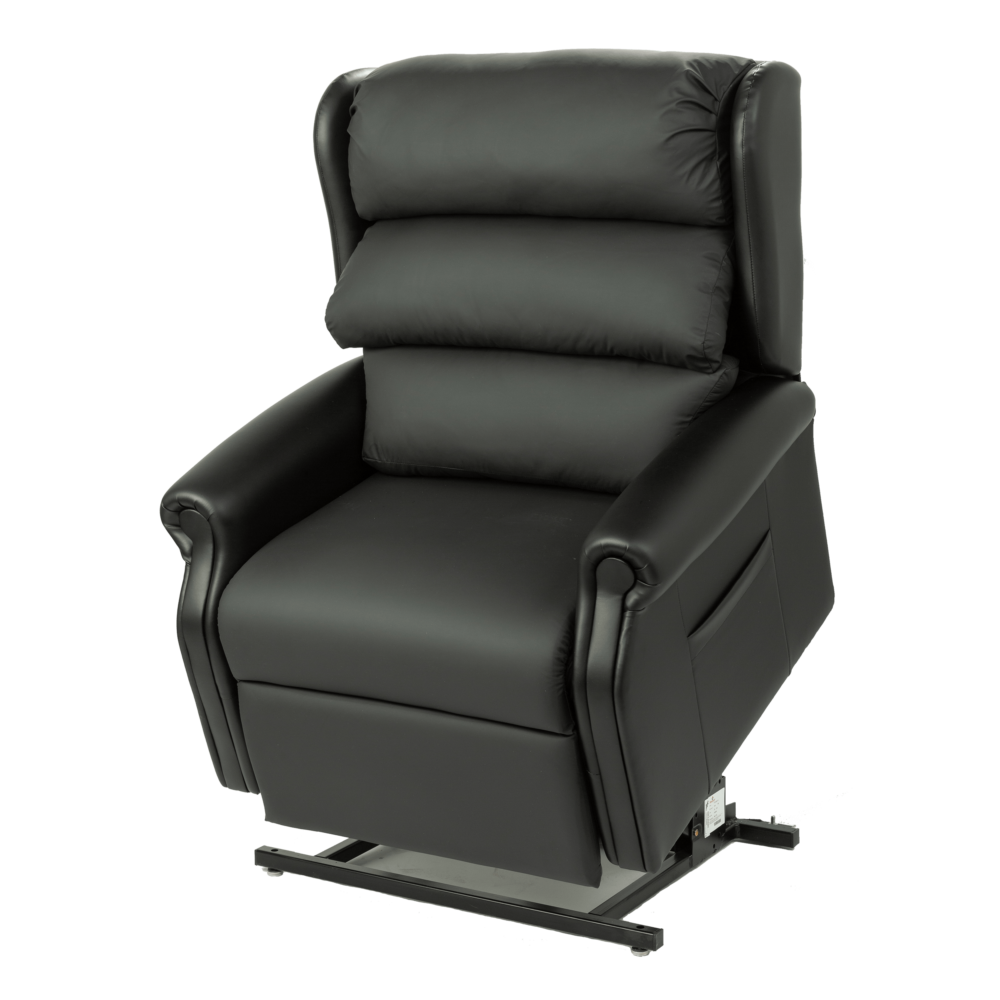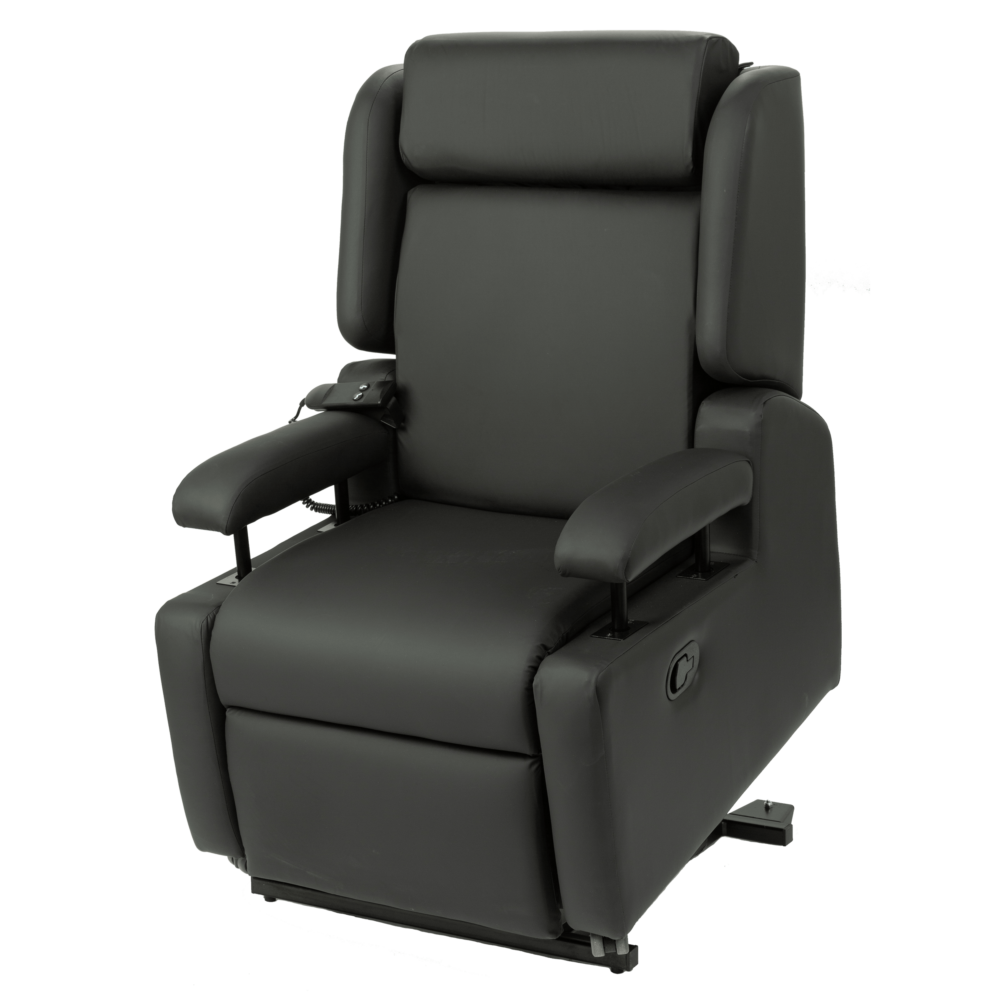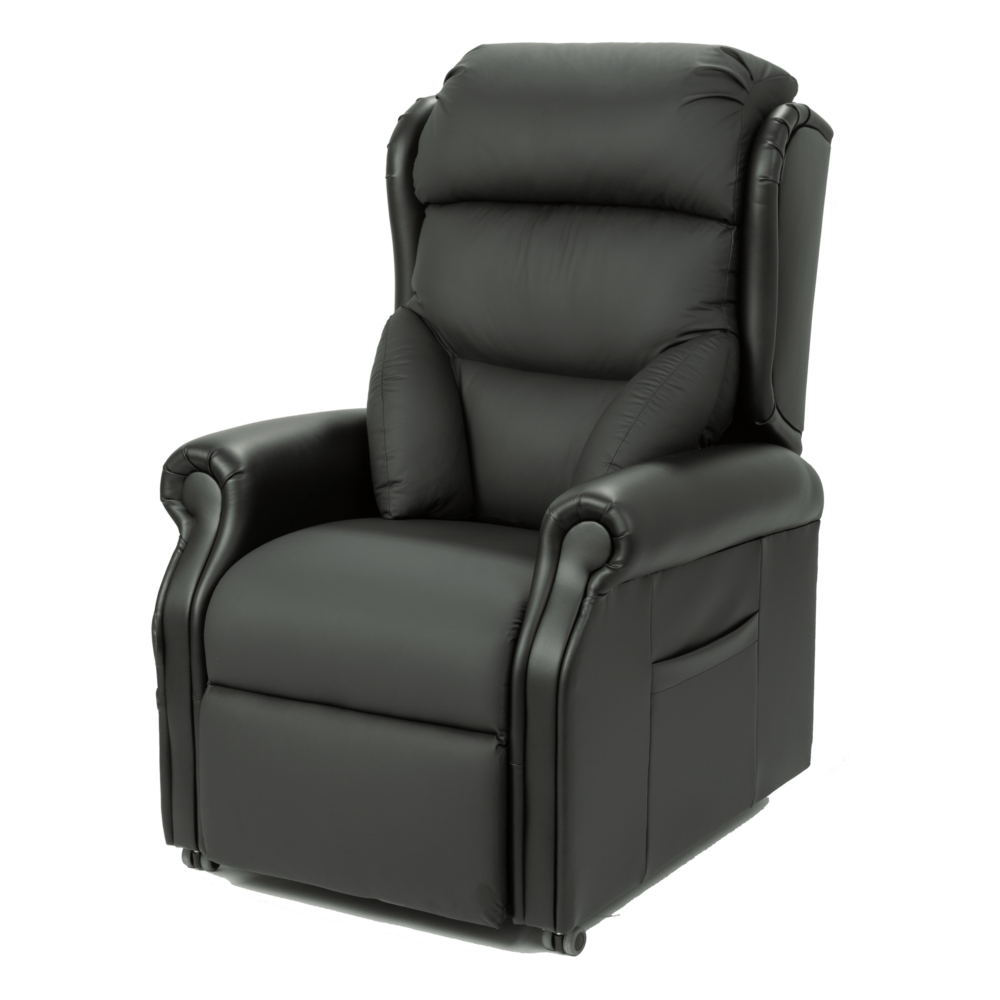As a person grows and develops they learn from and respond to information that is sent from various sources, including visual, vestibular (sensory) and proprioceptive (movement sensations from muscles and tendons) input.
Damage to any of these systems, through age, injury, illness or disease, can affect the ability to interact with the information; therefore, individuals will find it increasingly difficult to achieve a good sitting posture and will ultimately be at risk of reduced quality of life.
When identifying individuals who are at risk of difficulty achieving a good sitting posture it is essential to consider those who either lack the physical ability to change position, lack the cognitive awareness to know that they need to change position, or lack the communication skills to convey that they need to change position. These individuals will require specialist seating as part of their 24 hour postural management programme to achieve the desired sitting position.
Read more on how to achieve a good sitting posture and how specialist seating can help.
Good sitting posture is important for:
1. Comfort
Ensuring comfort, which includes pain management and energy conservation, is essential as it can ultimately improve quality of life. Proper positioning can promote comfort and decrease fatigue1, which can increase the tolerance of a desired seating position essential for consistency and compliance. A good sitting posture can also be effective in both inhibiting abnormal muscle tone and in accommodating its sequelae2, which can have a significant impact on reducing pain levels.
2. Function
A good sitting posture, especially one that promotes postural alignment and stability, is a critical requirement for movement and function. Use of the upper limbs is vital to the successful performance of tasks and participation in activities of daily living3. Freedom of movement in the upper limbs is achieved through effective stabilisation of the pelvis and trunk4, which can be achieved with correct positioning using appropriate seating systems. Proper positioning can also reduce the influence of abnormal tone and reflexes5,6, consequently encouraging normal movement.
3. Physiological function
A major goal in postural management is to enhance autonomic nervous system function7. A person’s inability to sit upright may result in increased dependence and decline in overall health over time, primarily reflecting altered physiological function8. Trunk asymmetry and poor head position can impair:
- Respiration
- Cardiac efficiency
- Swallow function
- Digestion
An appropriate seating system can provide an optimum position for respiratory and circulatory function1. An upright sitting position can also facilitate a normal swallowing pattern9 and improve components of eating and drinking behavior by maintaining good head alignment10.
4. Cognition and engagement
The introduction of postural management interventions at an appropriate time can facilitate psychosocial and cognitive development9. Individuals with cognitive problems benefit from postural interventions as they enhance communication and participation11. An upright sitting position can offer a better line of vision for interaction, and provide an increased ability to achieve cognitive tasks9. Head control is essential for orientation and socialisation, and a stable posture can help an individual engage more fully in social activities at home, school or work, and as part of the community12.
Each outcome, whether viewed collectively or individually, has the potential to significantly influence quality of life8.
References
Cook AM, Hussey SM (2002) Assistive Technologies Principles and Practice St Louis: Mosby
Herman JH, Lange ML (1999) Seating and positioning to manage spasticity after brain injury Neurorehabilitation 12(2):105-117
McClenaghan BA, Thombs L, Milner M (1992) Effects of seat-surface inclination on postural stability and function of the upper extremities of children with cerebral palsy Developmental Medicine and Child Neurology 34:40-48
Green EM, Nelham RL (1991) Development of sitting ability, assessment of children with a motor handicap and prescription of appropriate seating systems Prosthetics and Orthotics International 15:203-216
Nwaobi OM, Brubaker CE, Cusick B, Sussman MD (1983) Electromyographic investigation of extensor activity in cerebral-palsied children in different seating positions Developmental Medicine and Child Neurology 25:175-183
Bergen A, Presperin J, Tallman T (1990) Positioning for Function: The Wheelchair and Other Assistive Technologies New York: Valhalla Rehabilitation Publications Ltd.
Jones M, Gray S (2005) Assistive technology: positioning and mobility In SK Effgen (Ed) Meeting the Physical Therapy Needs of Children Philadelphia: FA
Healy A, Ramsey C, Sexsmith E (1997) Postural support systems: their fabrication and functional use Developmental Medicine and Children Neurology 39:706-710
Pountney TE, Mulcahy CM, Clarke SM, Green EM (2000) The Chailey Approach to Postural Management Birmingham: Active Design Ltd.
Hulme JB, Shaver J, Acher S, Mullette L, Eggert C (1987) Effects of adaptive seating devices on the eating and drinking of children with multiple handicaps The American Journal of Occupational Therapy 41(2):81-89
Farley R, Clark J, Davidson C, Evans G, MacLennan K, Michael S, Morrow M, Thorpe S (2003) What is the evidence for the effectiveness of postural management? International Journal of Therapy and Rehabilitation 10(10):449-455
Trefler E, Taylor SJ (1991) Prescription and positioning: evaluating the physically disabled individual for wheelchair seating Prosthetics and Orthotics International 15(3):217-224

